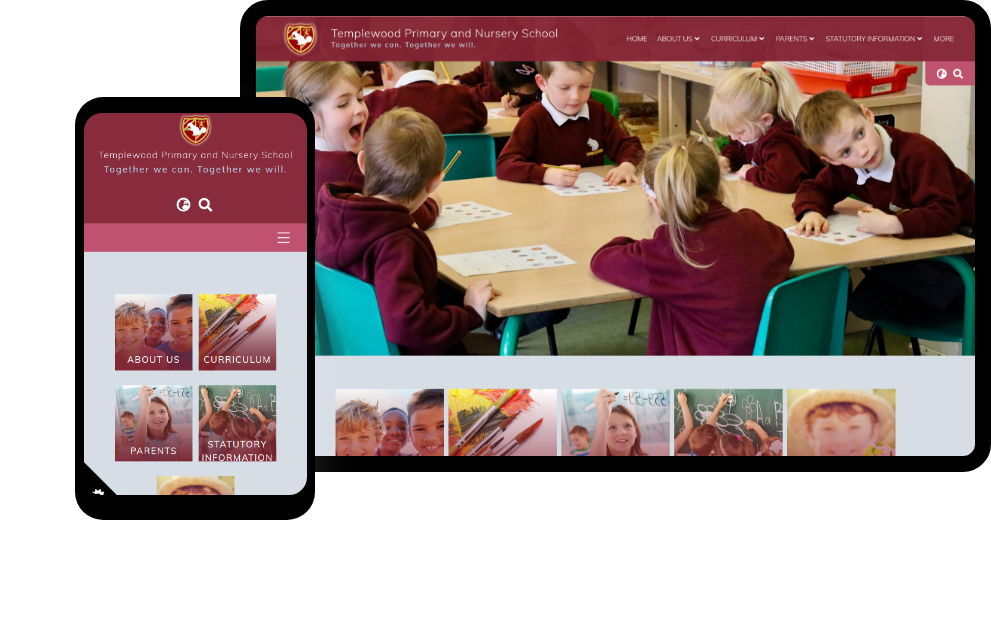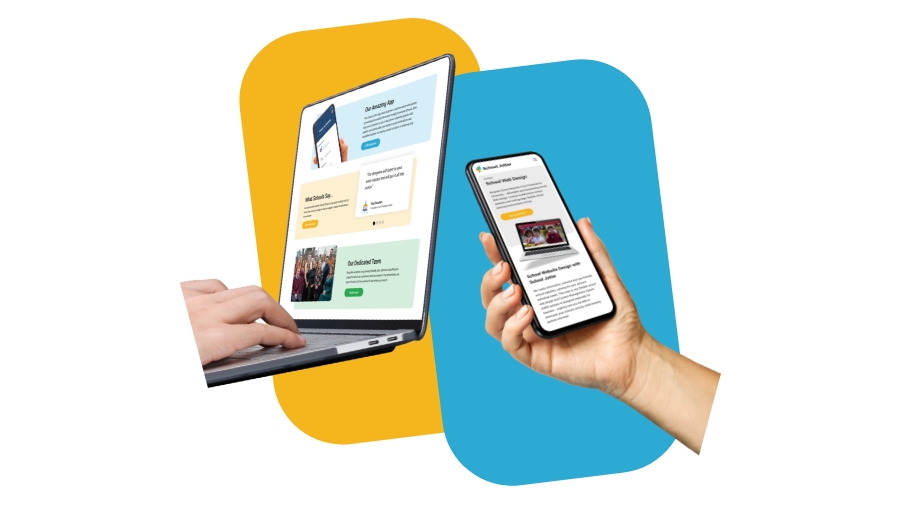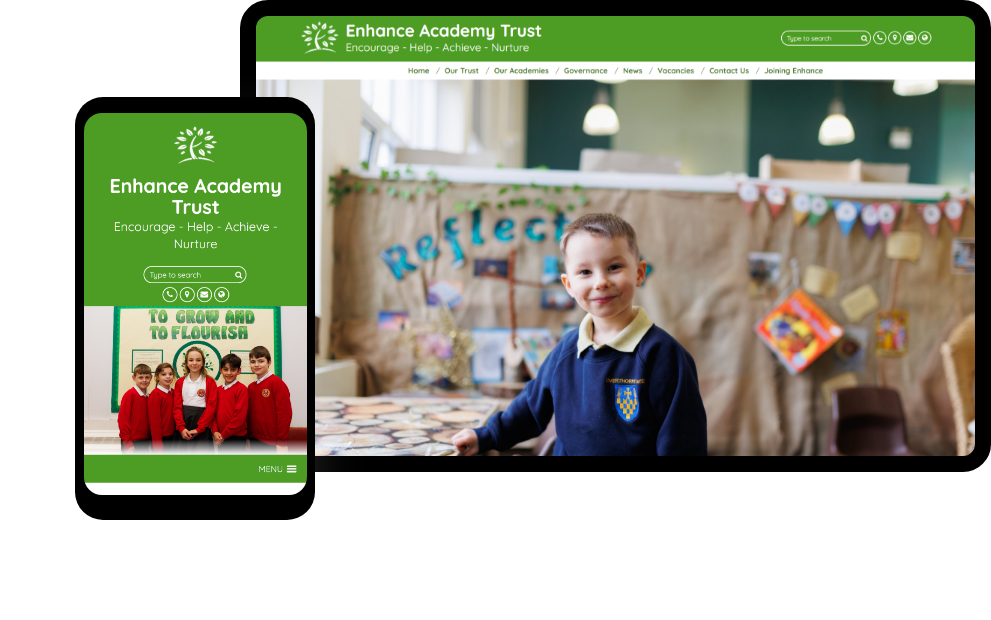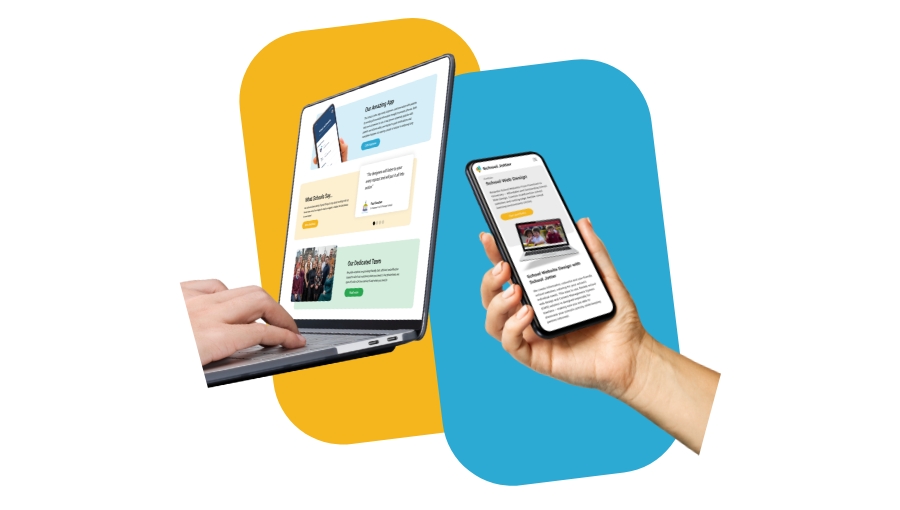One Of The Best Tools To Use
In this digital world, your school’s website is going to be one of the best tools you have to help students learn and teachers teach. A good website goes beyond the basics to capture all the opportunities students need to learn and teachers need to teach.
Designing your school’s website to enhance both learning and teaching takes time and talent. To enrich your students’ education you need to know what you are doing and how your website can facilitate that education process.
The Basics Of A School Website
The very basics any school website should have would be a solid and informative About Us page. This allows prospective students and their parents to know and understand the school, its culture, as well as its goals, and more.
Besides including the curriculum, your website should also include a staff and teacher web page for the same purpose. Getting to know the staff is essential to facilitate learning.
On top of that part of the basic school website information will be the upcoming events and special occasions. This information lets parents and students be aware of what is happening throughout the school year.
A web page for photos and videos will also help the students get to know the school and what they can expect when they enrol. Also, you should have a contact page or contact information that is easily accessible for parents to contact the school to ask questions about their children’s progress or to talk to their teachers.
These are just some of the basics you will need for your UK school’s website.
Features Of An Effective School Website
Having the basics is a good start. It is a simple way to initiate interaction between the school and the parents and or students. But the website needs more to make students, etc., want to come to the website and take advantage of all that is on it.
One of the ways to do this is to develop a system that is compatible with PCs, laptops, tablets, and mobile phones. Having a responsive website makes the school’s website more attractive and user-friendly.
Then you can add features like maps so parents can find the school easily. Along with adding a map to your school’s website, you can place all the necessary forms on it in a downloadable format so filling the forms out will be easier and faster.
Along with those features, making it accessible from anywhere at any time allows for parents to know when there will be school closings, special events, and field trips, as well as being able to make appointments.
Other features should include a school calendar, multi-platform as well as easy-to-use navigational tools. The most important feature will be website speed. The school’s website should load up very quickly so parents do not have to spend a lot of time waiting for the page they need.
Ways To Engage Students Through The Website
There are many options you can implement when you want to engage your students through your website. One that works for both students and parents would be to include some surveys to gauge how your students think about the school and what goes on.
These surveys can help the administrative staff tweak programs, eliminate the less popular ones, or learn how to make them better, and so on. Getting feedback from the students is a great way to improve learning through the school’s website.
Another option would be to place questions online through different software programs or apps. Then let the students answer the questions independently before joining together in a joint online session through your website.
A third option would be to create a social engagement area on your website and let teachers interact with the students. This digital social engagement space is a great tool to help students trust teachers, staff, and each other.
This can be done through asking different questions, an activity designed to get people talking to each other, and a myriad of other possibilities. With the right professional help, you can add more ways to help engage students on your school’s website.
How School Websites Can Benefit Teachers
School websites are a boon to teachers as they can use them in their own time when they are free. This is probably the biggest asset a school website offers teachers.
The teacher is not tied to just school hours to communicate with their students nor do they have to sacrifice quality family time to do the same thing. The school’s website allows a teacher to schedule the time for interaction that fits their personal needs.
Also, the teacher can place mandatory work assignments on the website making it easier for students to know what they need to do, or if they have been absent, they will know what work they need to do to catch up with the rest of the class.
Also, when time is limited for both teachers and parents, the school website allows for easier communication when it is most convenient for both parties
The Role Of The School Website In Keeping Parents Informed And Engaged
This is an essential feature of the school. Parents want to know how their child or children are progressing and the school website makes that communication smoother as well as more convenient.
Parents can log in and navigate to the web pages that concern them and their students and see what I going on. Or they can have virtual meetings with teachers to understand what is happening in the classroom.
The school’s website also keeps parents up-to-date on school events, and other activities so the parent is aware of those events as well as any cost their child needs to pay to participate.
Some Final Words
If you need help in constructing your website to enhance teaching and learning, then contact our company. We have the tools, skills, and know-how to create a website that will promote both teaching and learning through your school’s website. Contact us today to solve this issue faster.


















